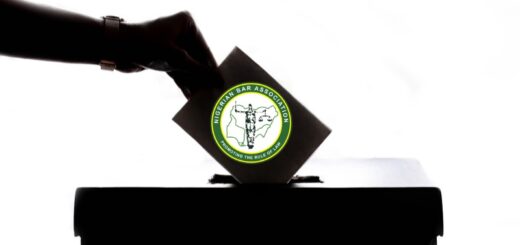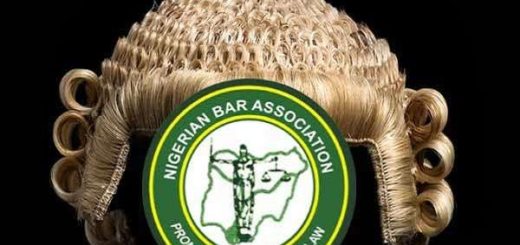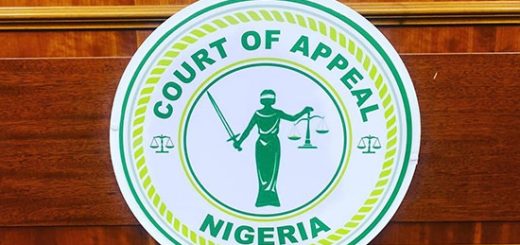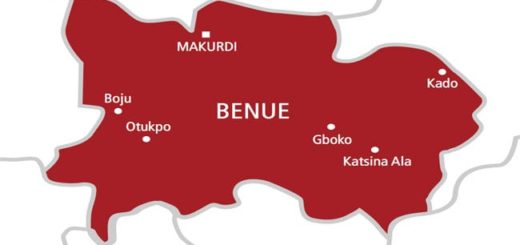Air safety: Paucity of funds, land encroachment threaten our modernisation plans — NAMA MD
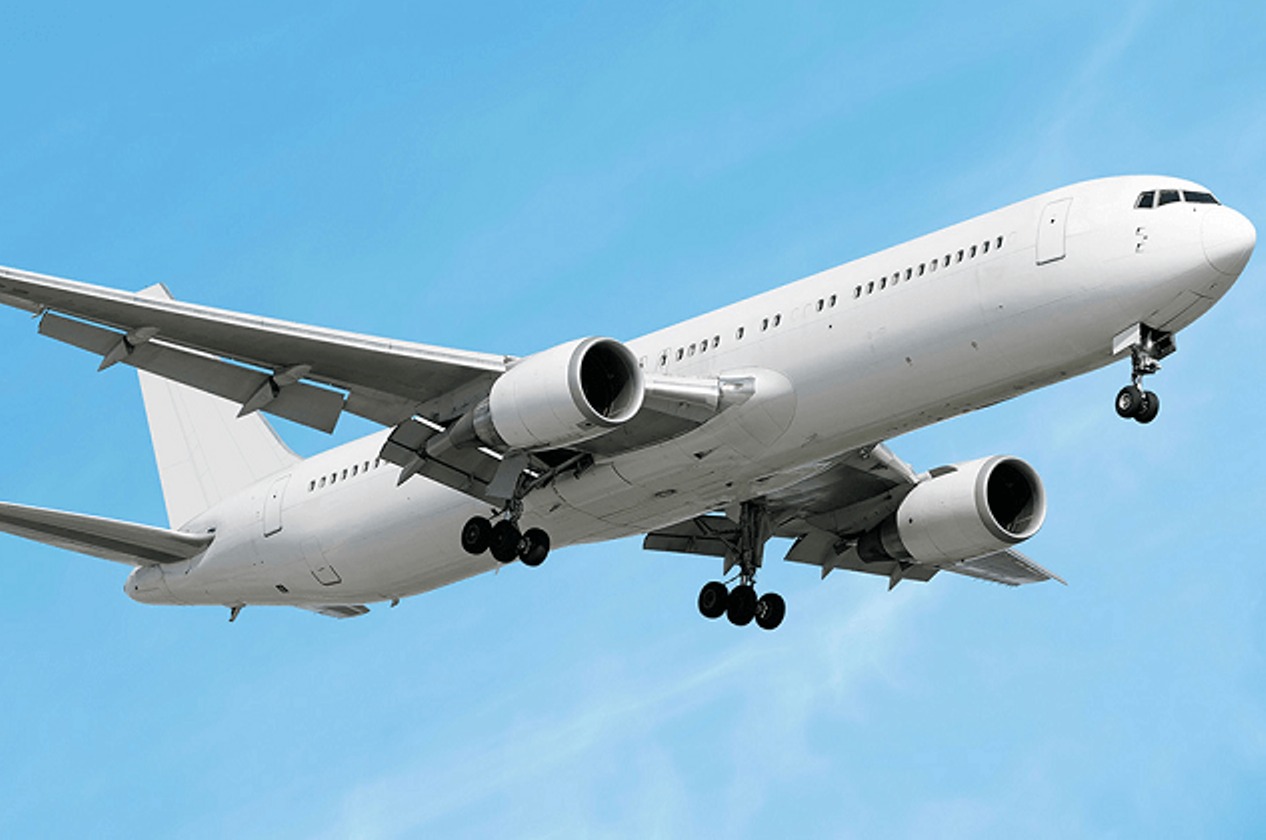
In the quest for air safety and the modernisation of Nigeria’s airspace management, the Nigerian Airspace Management Agency, NAMA, is currently facing a plethora of challenges.
A combination of financial constraints and various other obstacles has cast a shadow of uncertainty over the agency’s ambitious plans for enhancement and progress.
The Managing Director of NAMA, Tayib Odunowo, lamented that the paucity of funds and other impediments could jeopardize the agency’s path towards improved air safety and efficiency.
As NAMA grapples with these obstacles, the consequences of potential setbacks in modernisation efforts loom large, posing risks not only to air travelers but also to the nation’s standing in the global aviation landscape.
Odunowo also noted that the agency has over 20 major ongoing projects that had been earmarked to completely reposition the agency.
Speaking during an interaction with the media in Lagos stated that the completion and deployment projects which he did not mention would help the agency in service delivery and rank the country better in air navigation services.
He said: “We are going through all these projects. We are reviewing it. We are re-scoping them because some of them are obsolete. Some of them need to be re-scoped. Some actually need to be truncated. So we need to take a hard decision because guess what? We can’t afford it.
“We are working and re-positioning the country’s airspace for efficiency and service delivery but people have encroached on lands and they are carting away with our properties.
“But the governments are taking them over. We’re losing them. We have close to 100 properties. We are strategising on our properties because there are about 40 or 50 that have encroachments.
“We have land, but they are in combat. We have to go to court. We have about 40 or 50 with no documents. So that right now, that process has commenced and we’re doing that.”
Flights calibration
Odunowo further disclosed that his agency had undertaken the calibration of some aerodromes in the country, saying many of the airports in the country are private, military, and joint-user airports.
“We acquired an aircraft for flight calibration and we also recruited both inspectors and flight crew, for the purpose of doing the flight calibration. This takes time. The requirement for them to be certified for calibration is not something that we can bypass.
“They were recruited, we were trained both in the United States and the United Kingdom and they’ve been doing more or less what we call on-the-job training to get fully certified for the team to independently carry out flight calibration. Now, that team has been undergoing training and they’re going to complete final training for what we call flight commissioning.
“There is a newly installed navigational facility to do flight checks. It’s called flight commissioning and after that is flight calibration. So, for the team to do flight commissioning, they should be rounding up their on-the-job training in November with our technical partners from the U.K. and after that, this team can confidently carry out flight commissioning, which is the last phase.
“But before then, what they have qualified for this year is to do routine flight calibration and they have been doing that for all the other airports in the country.”
Airports for navigational facilities installation
The last areas of commissioning that were pending according to him were Bayelsa Airport and Anambra Airport, where they had newly installed navigational facilities.
“Our team has undertaken extensive flight calibration of navigational facilities in other airports outside the international. Now, these are some of the findings as far as the audit was concerned. And like I said, if you have a state government airport, the responsibility is for the airport operator to request and also pay for the flight calibration.
“Anambra will now come in to check the equipment with us. Apart from maintaining the aircraft, we also pay the technical partners that have been partnering with us since 2019. And so, cost recovery is required. So, if a state airport is not calibrated, you can’t blame them specifically. So, issues of that nature created a gap when some airports had their facilities not calibrated”, he added
